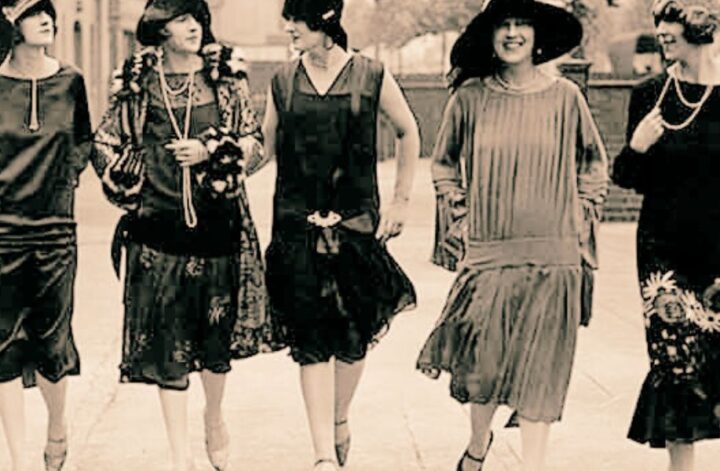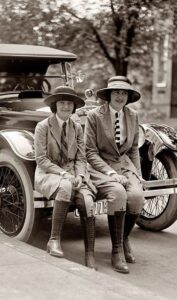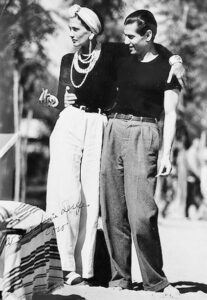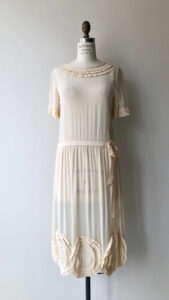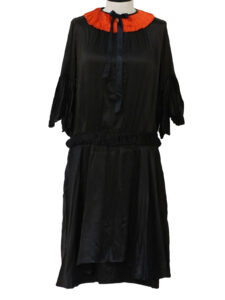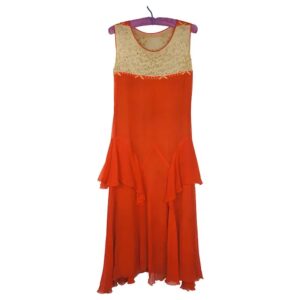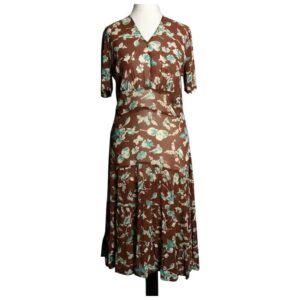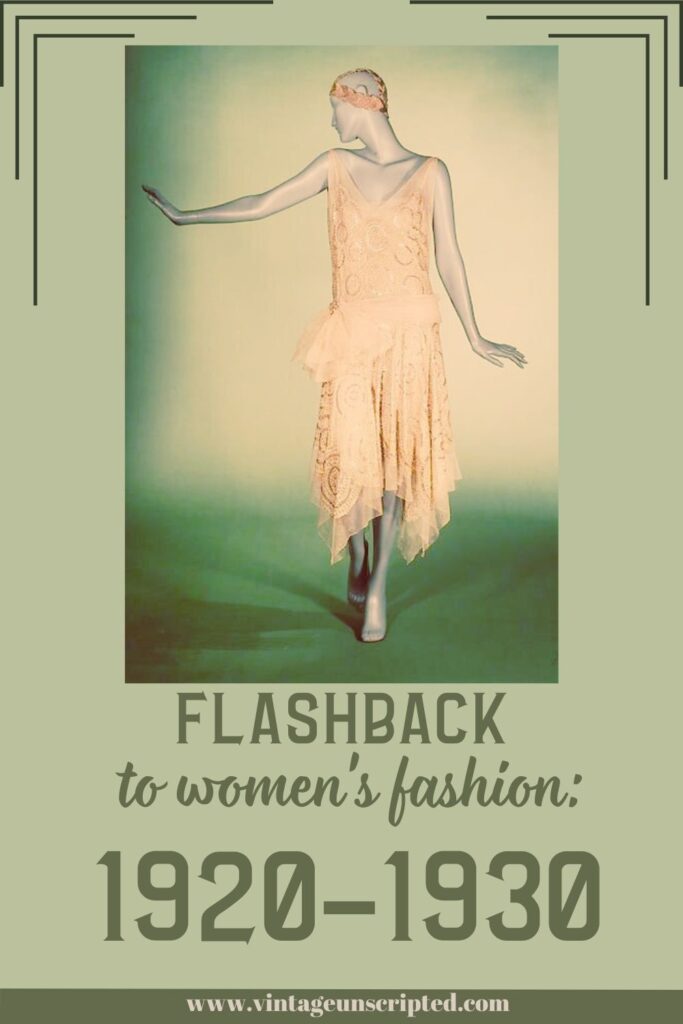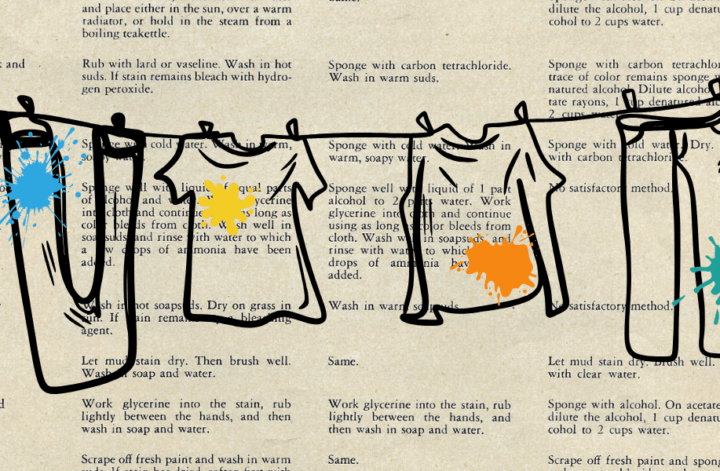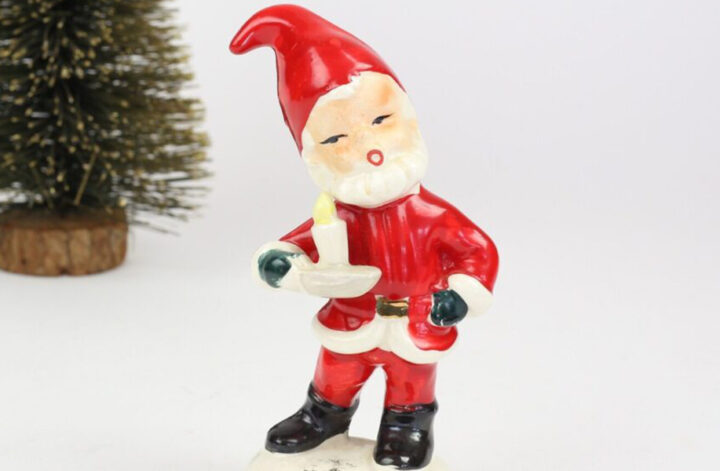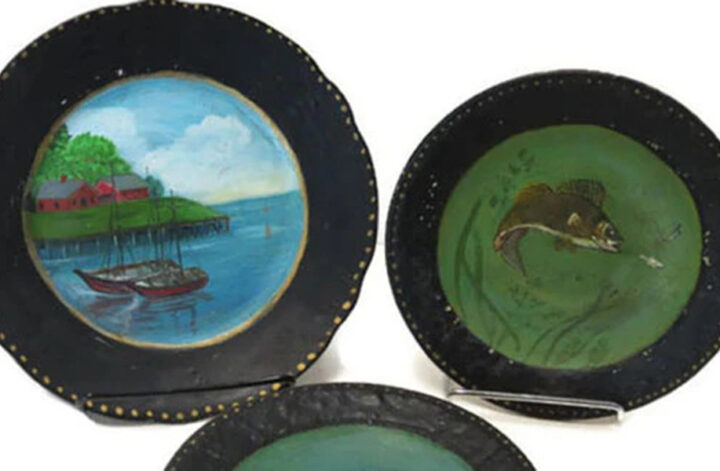A Decade by Decade view of Women’s Fashion in the 20th Century. This 10-part series covers the styles and changes in women’s fashion from 1900 to the year 2000. We discuss everything from designers to fabrics, hem lengths to sleeves. This week we look at vintage fashion from 1920 to 1930. Follow along with us each week as we delve into another decade.
When we think of women’s fashion in the 1920s, we think of flappers, bobbed haircuts, and creeping hemlines, along with a general sense of new freedoms. Much of that was reflected in the dress of the time. Hemlines and hairstyles for women became shorter; the look went from accentuating a curved figure to a much slimmer straighter more boy-like silhouette. Corsets were out and camisoles were in. Long sleeves and high necklines were no longer in style.
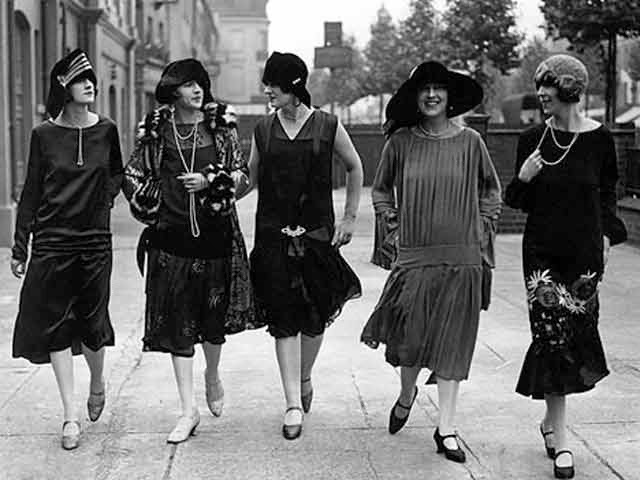
Europe was still the seat of fashion and Paris was the center of it all. But new freedom was felt after the end of World War I. This created a more daring look and looser restrictions on what women could wear. Pants became acceptable attire for women along with a less structured look.
Some of the more famous designers of the day were Coco Chanel, Elsa Schiaparelli, Jeanne Lanvin and Norman Hartnell.
Coco Chanel whose signature look was the little black dress, dressed women in simple stylish, and practical outfits. Along with her clothing, she created her signature perfume Chanel No.5, and the classic Chanel handbag. Coco felt the color black was chic and able to be worn everywhere and for every occasion. The difference was in the fabric and style of the dress.
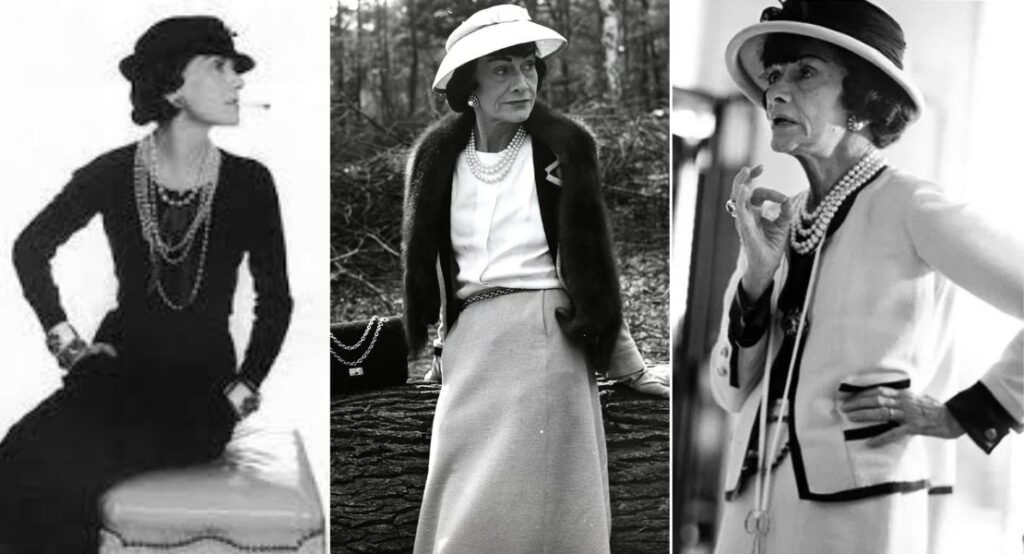
While Coco was creating a tailored wardrobe like the examples shown above, Elsa Schiaparelli was much more bold in both designs and colors. Shocking Pink, her signature color was used in both clothing and accessories as well as the name of her signature perfume. Elsa collaborated with several artists of the day including Salvador Dali, and Jean Cocteau.
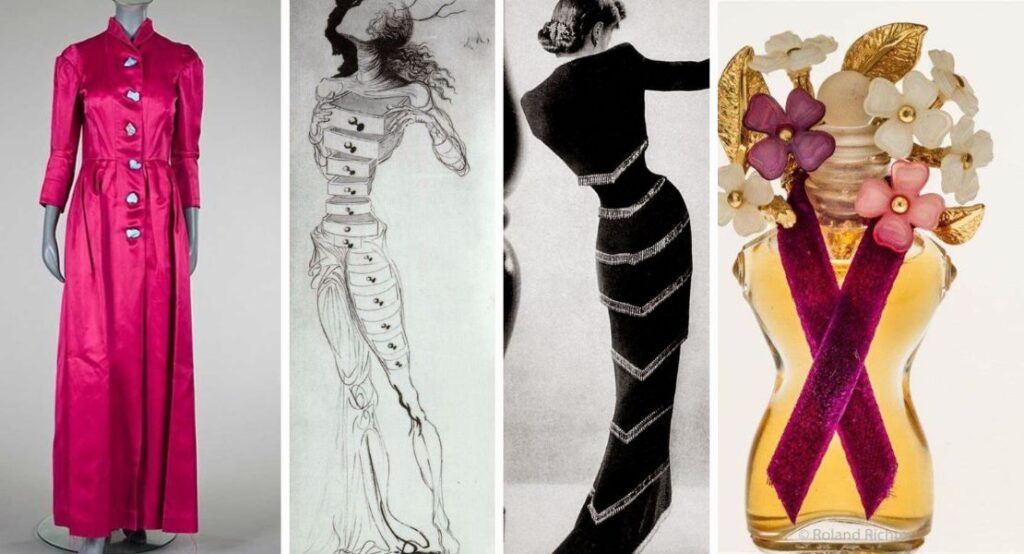
Somewhere between the tailored look of Chanel and the bold styling of Schiaparelli lies the design beauty of Jeanne Lanvin. Her “Robe de Style” look embodied the close-fitting bodice with a loose wide skirt. This is the style of dress most popularized in the 1950s and 60s. The look is still popular today as it suits many ages as well as body shapes. Lanvin also created home goods accessories and perfume. Her signature perfume Arpège is still sold today.
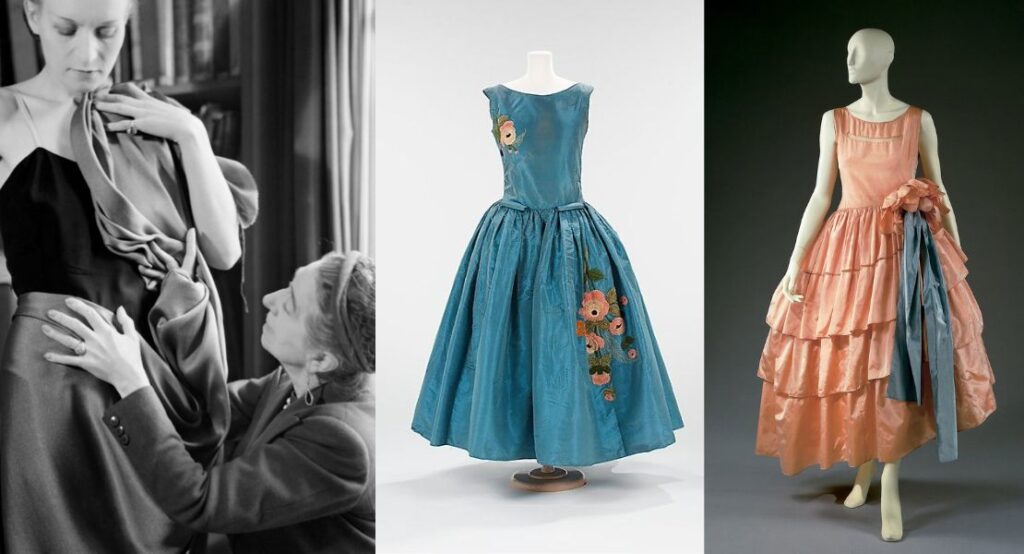
Norman Hartnell is possibly best known for designing for the British Royal Family as well as his wedding gowns. While the loose slim fitted dresses and wide-leg slacks of the era were worn regularly, high society soirées featured lavish gowns by Hartnell. He dressed the wealthiest of British and European women for years replete with hand beading, and the most opulent embroidery.
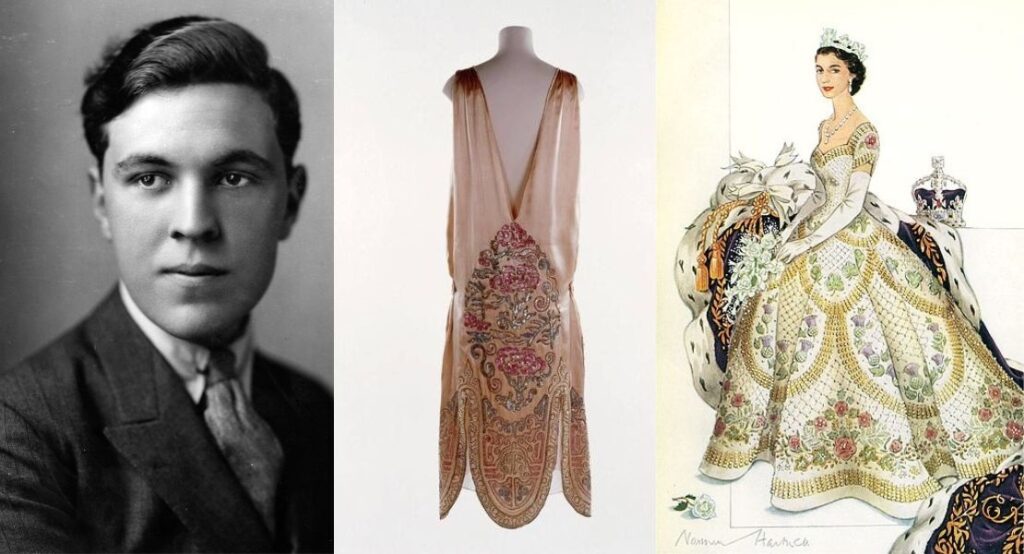
As the Great Depression took its toll on fashion, women looked to Hollywood and the movies as an escape and inspiration. Follow along with us as we peek into the years 1930 to 1940 next time. Explore the other decades by clicking here.
Wear The Look of the 1920s

